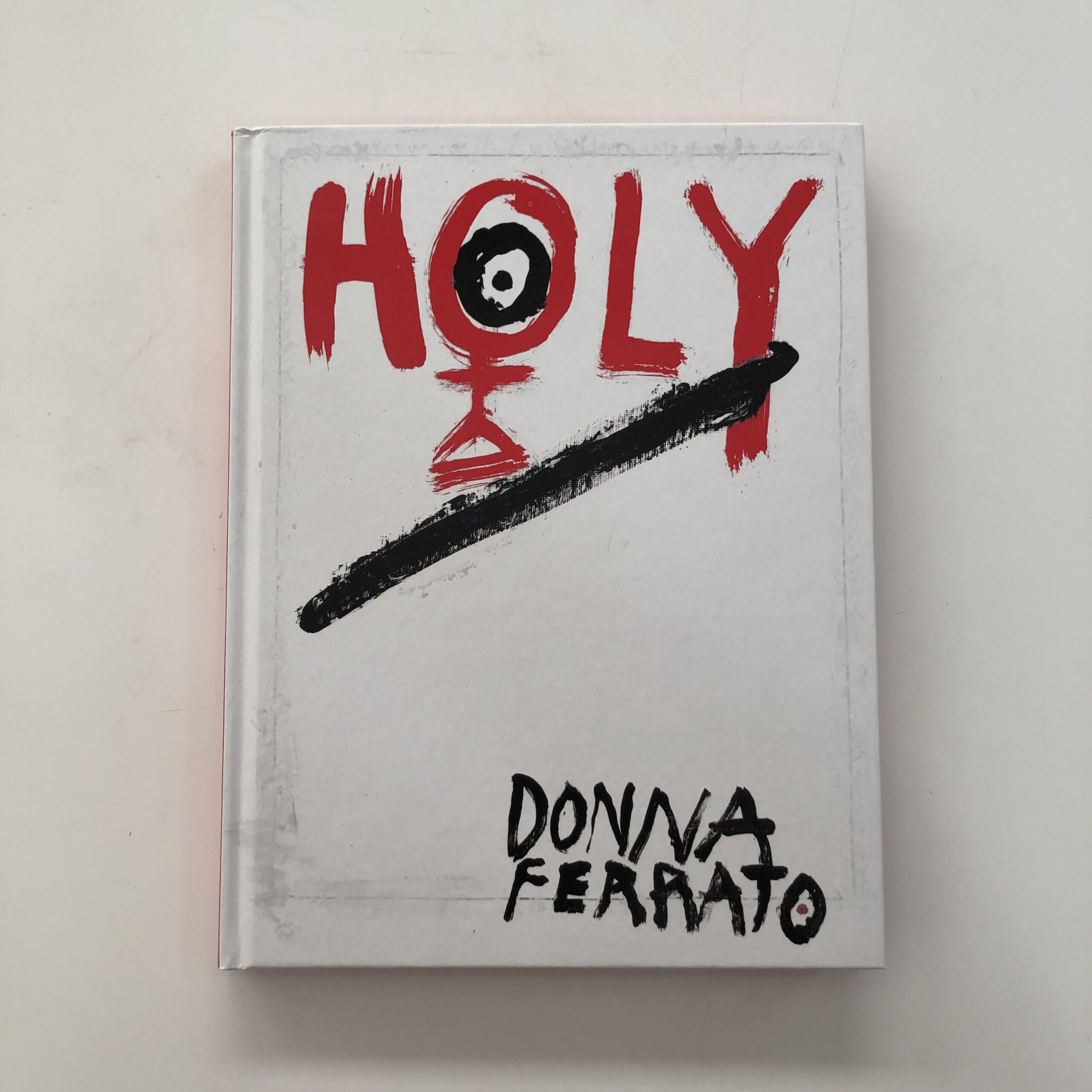
I want to tackle a tricky subject today.
(Buckle up.)
I’ve mostly stayed away from Politics these last few months, as the Biden era has been a tonic to the collective, societal PTSD wrought by the DJT years.
I needed a break from thinking about it all the time.
So did you.
For a while, the vaccine rollout in the US was such it seemed the horrid pandemic might be drawing to a close.
Certainly, in April, and then in May, when I traveled to New Jersey, that was my mentality.
Things were on the mend in America.
Then something strange happened.
The virus numbers started climbing fast, again, and the percentage of vaccinated people began inching up at a much slower rate.
Just like Climate Change is pretty much what Al Gore told us it would be, in “An Inconvenient Truth” fifteen years ago, the predicted virus variants have shown up, spreading more quickly, making lots of folks freak out again.
People are still dying in hospitals all over America.
Mostly, it’s those who refused to take a vaccine that would have saved their lives.
It’s a phenomenon I’ve been stuck on for weeks now.
Why would someone rather die, than take a shot?
Who would rather die than admit they might be wrong, as to the necessity of the vaccine to “not die?”
It’s the most illogical thing I can think of, but I’m happy to admit humans are not essentially rational creatures.
Still, though.
To choose to die, for an idea?
Who does that?
And then it hit me.
Warriors do that.
Soldiers.
In Wars.
If you fight and die for your country, or for any cause you believe in. If you’re a non-state actor, or a guerrilla, and you give up your life for your ideals.
That’s normal.
Right?
Isn’t that a version of what we’re seeing?
We’ve called it a Culture War for so long, red vs blue, liberal vs conservative, rural vs urban.
Then You-Know-Who stirred up the crazies for 5 years, and normalized awful behavior, unleashing hidden hatreds.
Are we really THAT surprised, in the aftermath of mass shootings, and people dying rather than wear a mask, that this is the next, natural evolution?
People die in Wars all the time.
Wars have victims, and collateral damage.
Sometimes, though, a group’s fight is so easy to believe in, it seems absurd the battle rages on.
In this case, I’m thinking of women’s rights, given women make up half of humanity: our mothers, wives, sisters, daughters, partners, friends, teachers, colleagues.

How everyone doesn’t get behind equal pay, women’s right to control what happens to their bodies, safer streets, more political representation, anti-domestic violence laws, more humane systems for sex workers, or trans rights… the list goes on.
As I’ve trotted out before, my wife went to Vassar and Smith; she educated me directly on feminist issues back when we met in the late 90’s.
When we hear about the percentage of women who’ve been sexually abused, or physically assaulted, the reality of violence against women is unconscionable.
And for how important the issue is, it gets far-too-little play in the mainstream media, IMO.
What put me in this frame of mind, you ask?
Today, we’re going to look at “Holy,” by Donna Ferrato, published by powerHouse in 2021, and it will explain a lot of why I went postal up there.
(Maybe it’s time to retire that word, postal? I don’t remember the last time a postal employee was involved in a mass shooting, do you?)
As to the book, it’s in-your-face, unabashedly feminist, body positive, sex positive, honest and brash.
It’s confrontational, and positions Donna Ferrato as a warrior with a camera, fighting to tell vital stories about violence against women, as a photojournalist, for decades.
The book’s premise is that Christianity’s trinity is fundamentally flawed, because the Father, the Son and the Holy Ghost are all male figures.
So Donna Ferrato creates her own version: the Mother, the Daughter, and the Other.
Those three chapters become the structure of the book.
Throughout, there is hand-written-style text included with the image, to story-tell, fill in details, and set the context. (Captions at the end offer more details.)
I often recommend creating balance in a book’s emotional tenor, but sometimes, visions this intense will keep-it-real all the way though, with that energy ramped up.
(This one reminds me of Nina Berman’s “An autobiography of Miss Wish” in that regard.)
We see images of women who fought for their freedom; for the safety of their children.
Women who stood up to their abusers, or stood on street corners risking grim death to pay the bills.
There are women breaking into their houses to get their shit back from asshole ex-husbands, and women of all kinds, wearing full back-tattoos, or two black-eyes from the cover of a magazine.
There are girls, of course, and home births. Family photos.
We learn of her father’s bipolar disorder, and then his death is included too. As is her mother’s.
This book is Spinal Tap cranked up to 11.
It’s Pat Benatar on crystal meth.
Or Olivia Rodrigo smashing guitars like Pete Townshend.
(Wait, wasn’t there a female singer who just made the news for breaking her guitar? Give me a second. I’ll Google it…OK, I’m back. It was Phoebe Bridgers on SNL.)
As I was saying, I support the cause, and am all for the idea of this book, but also appreciate the book itself.
It’s so well-executed.
See you next week!
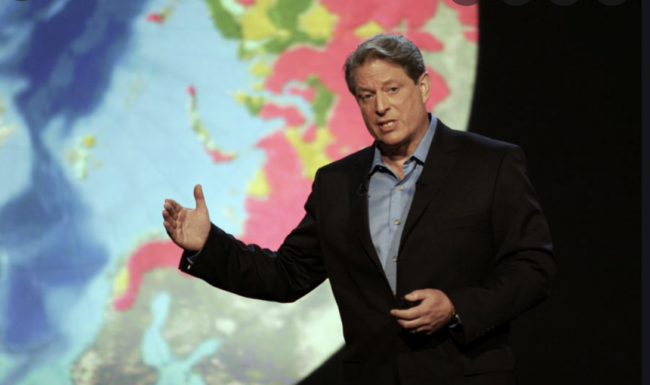
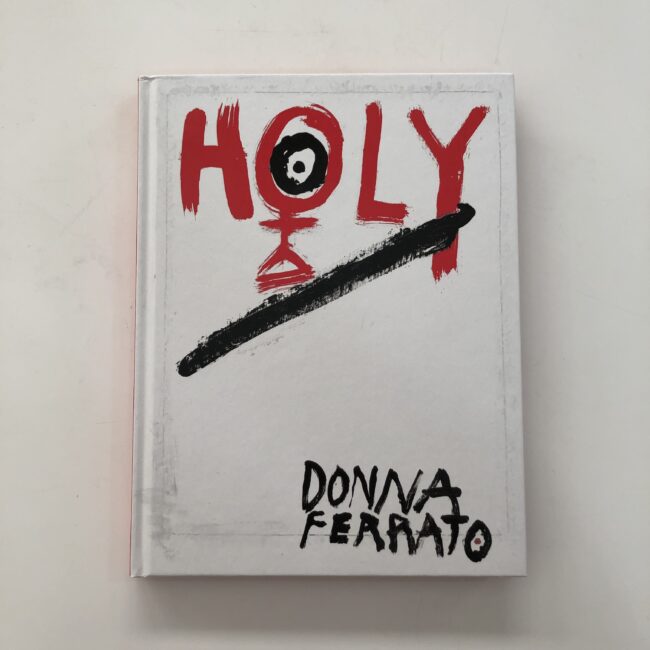
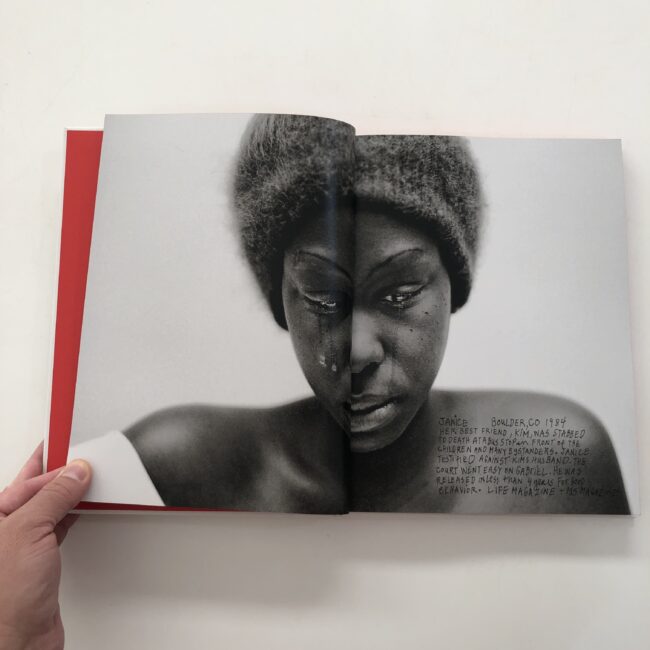

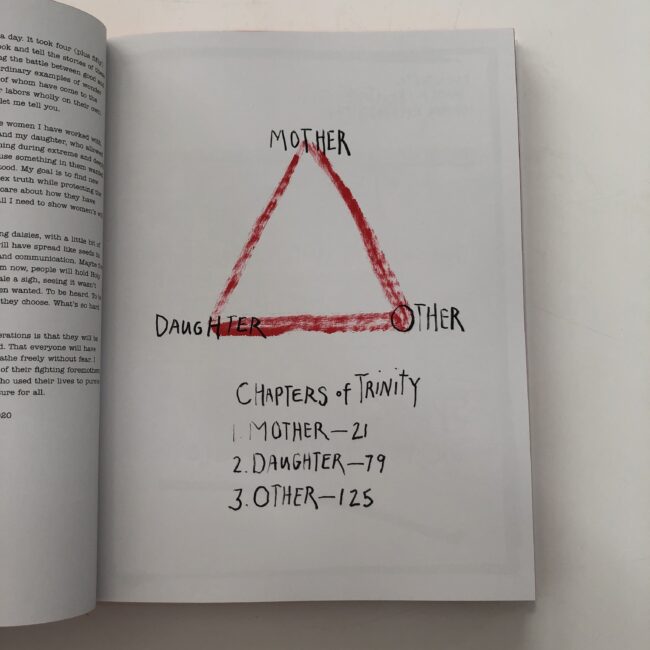


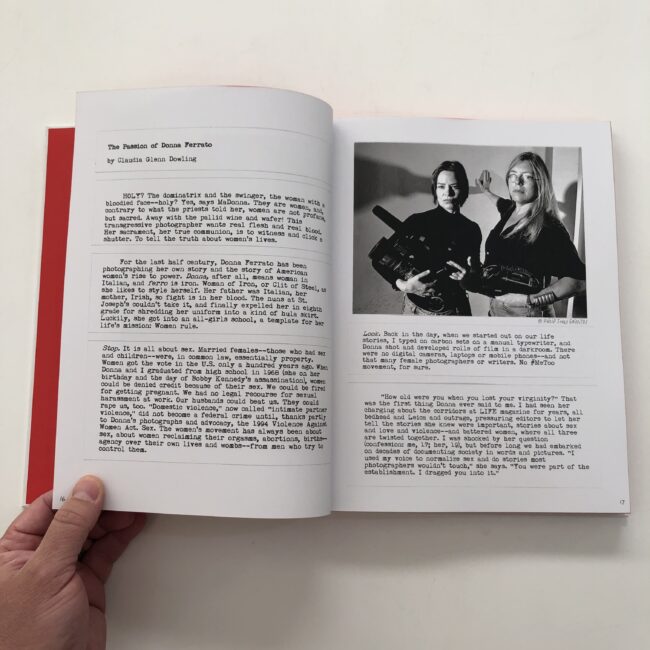
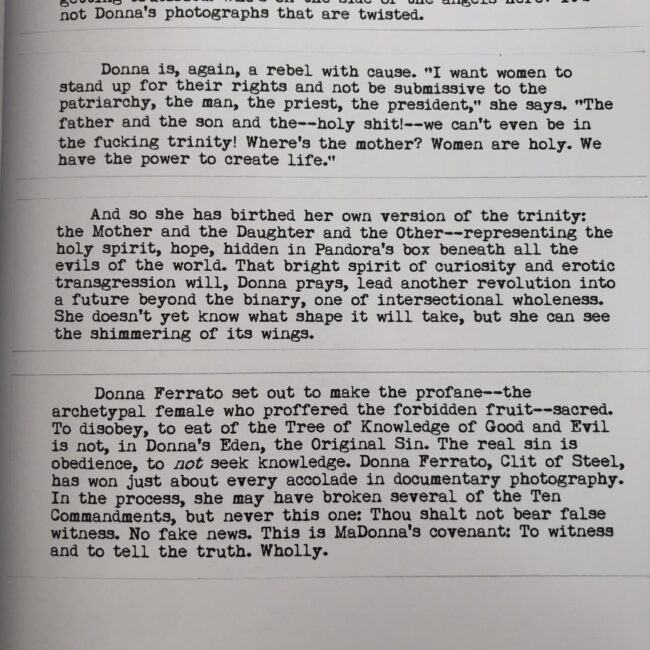
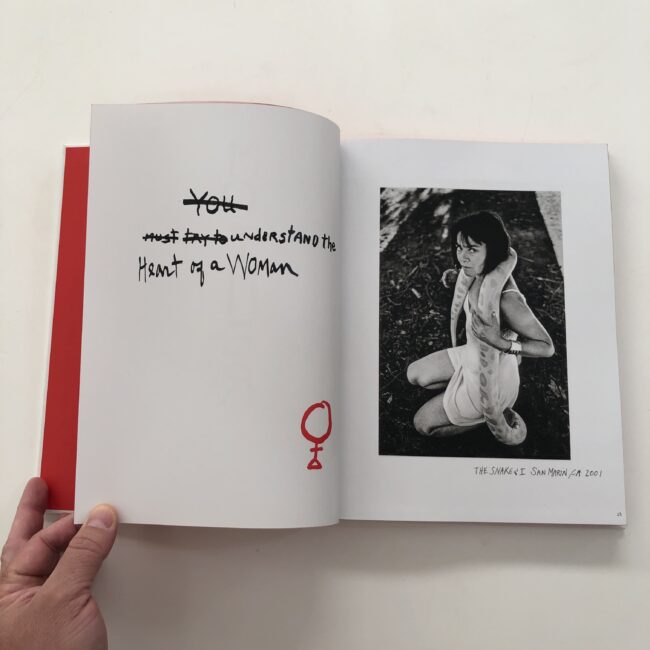

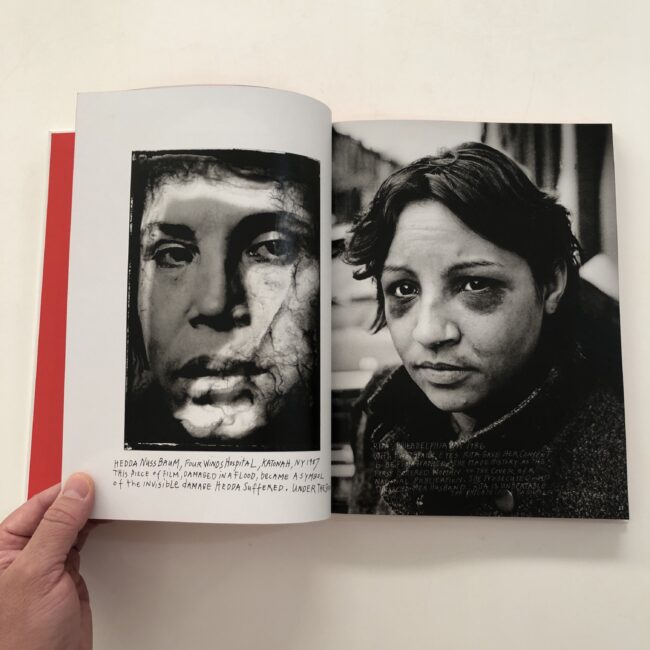
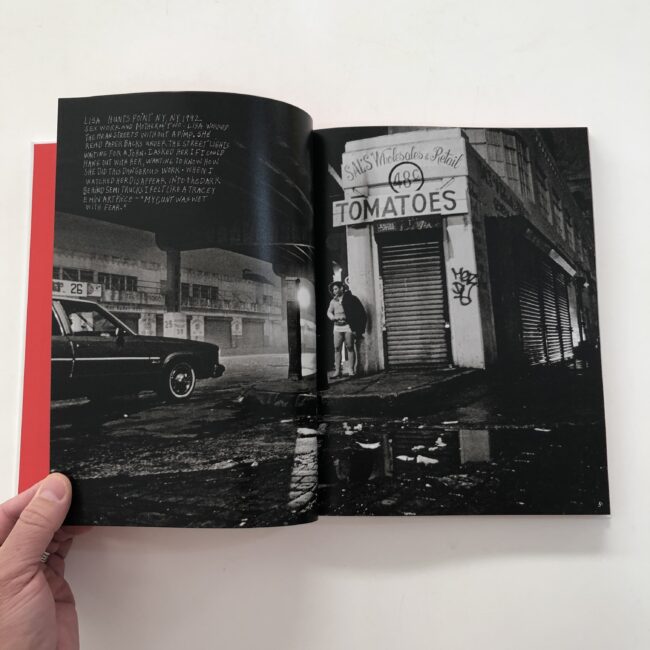
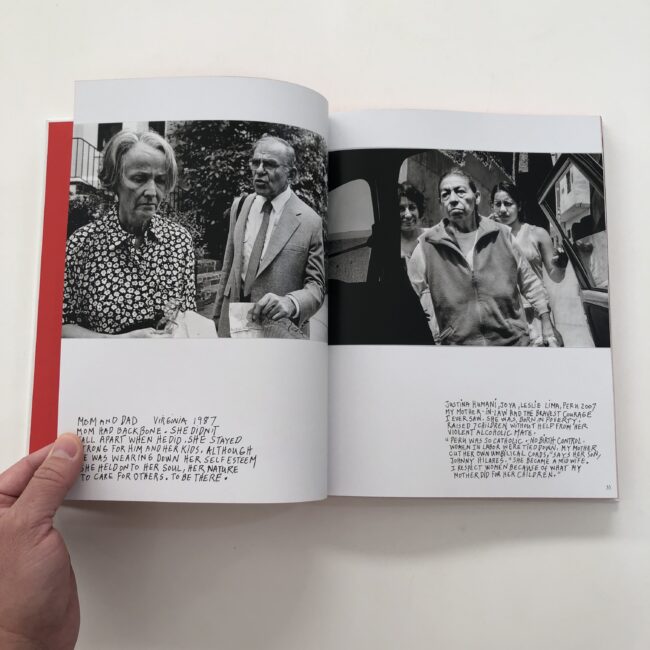
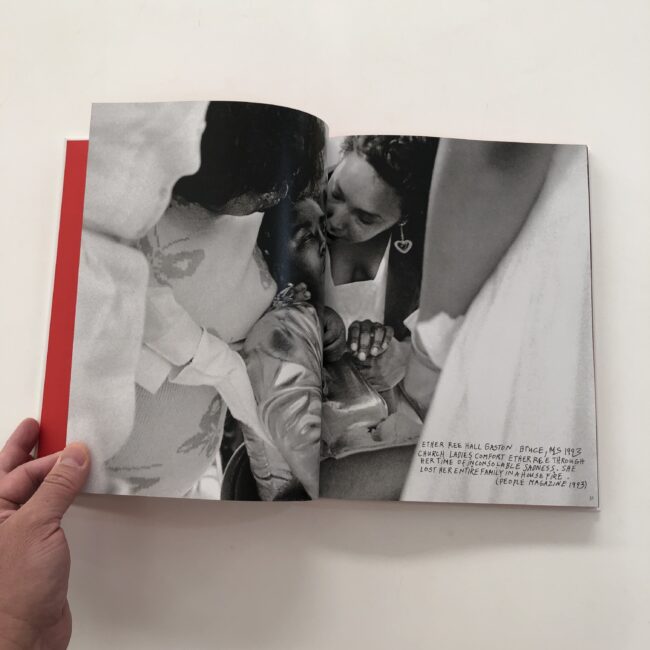
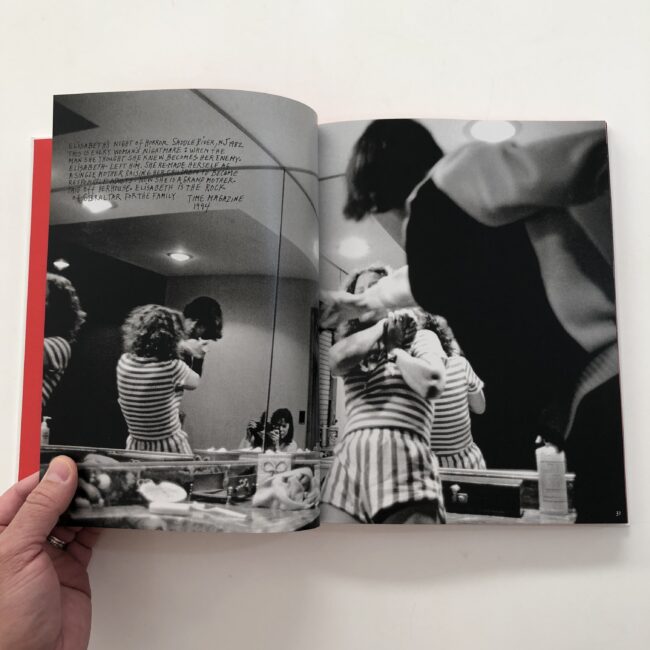

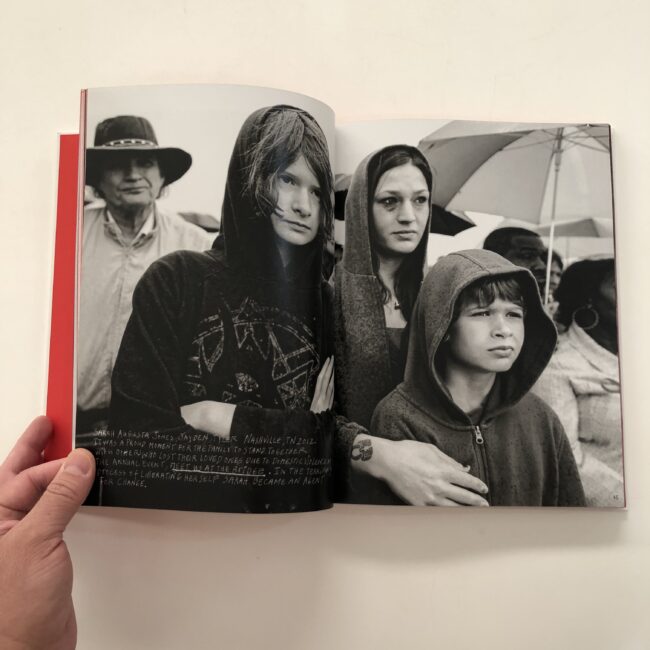
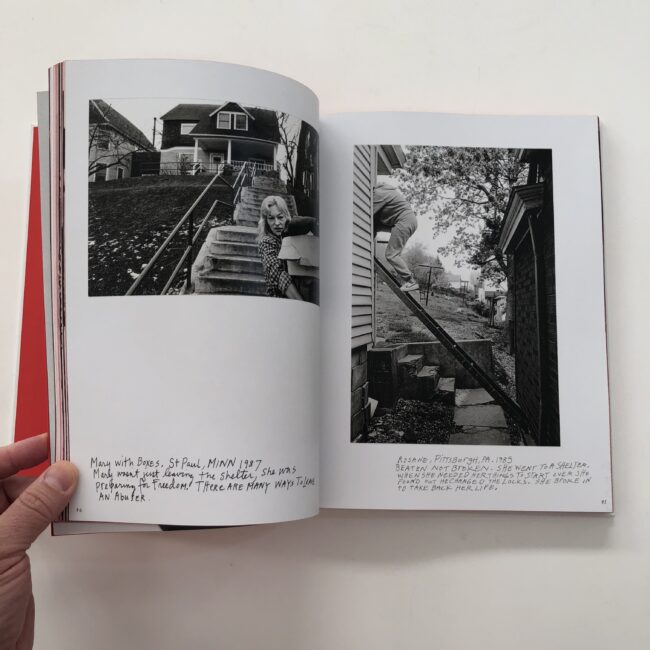
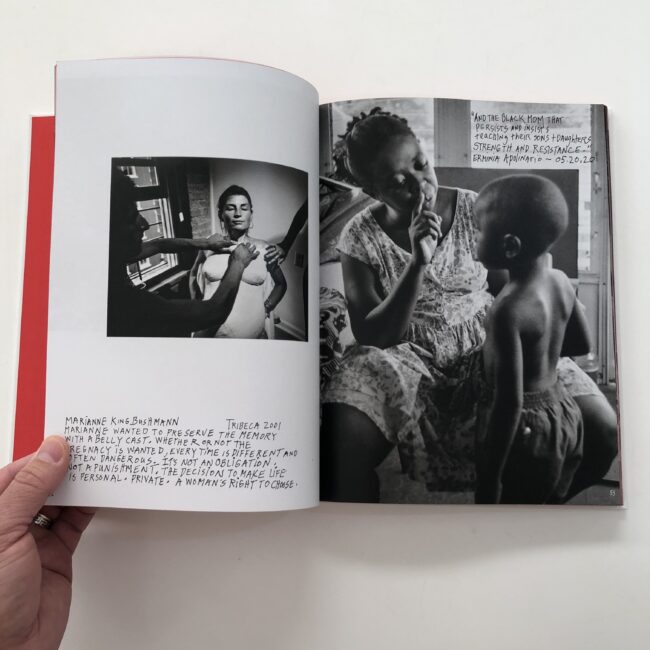
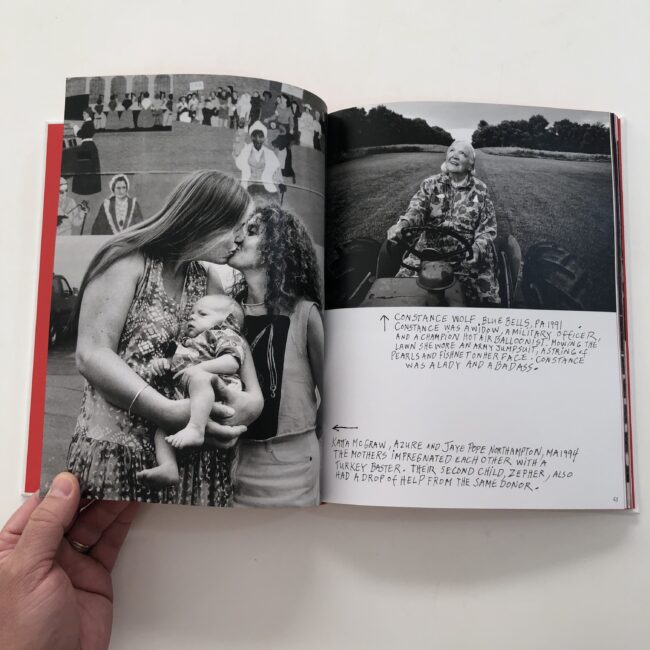
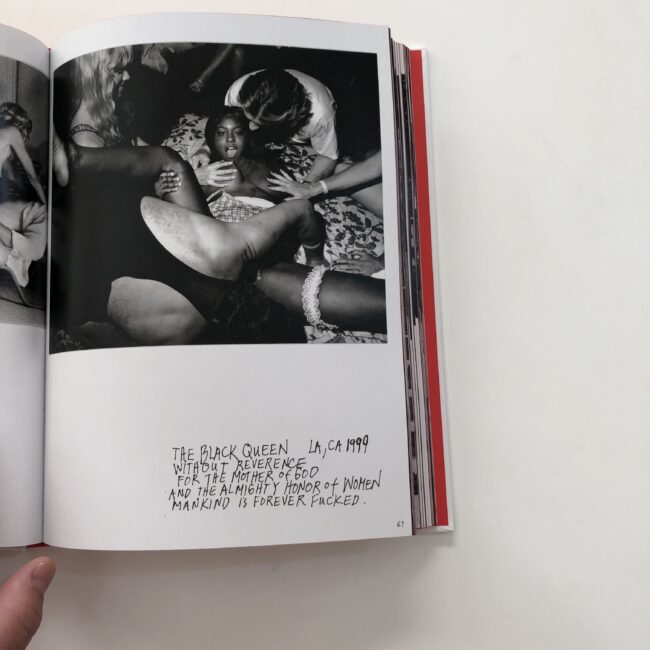
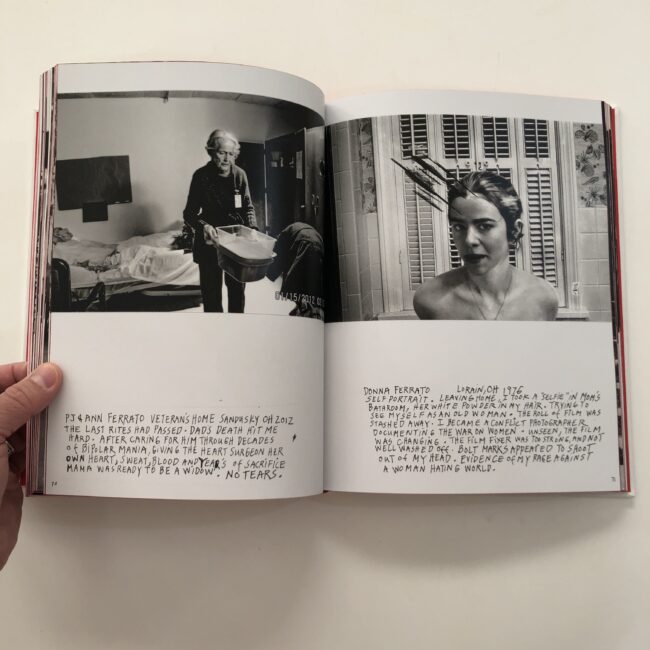



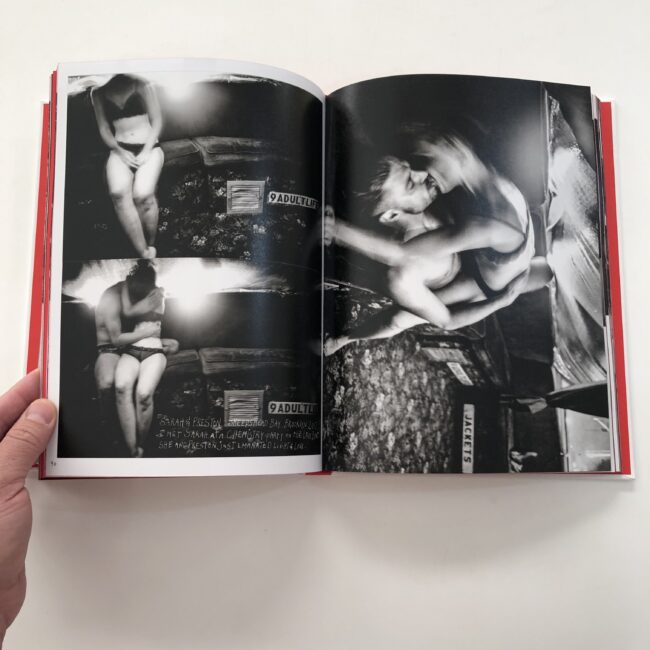
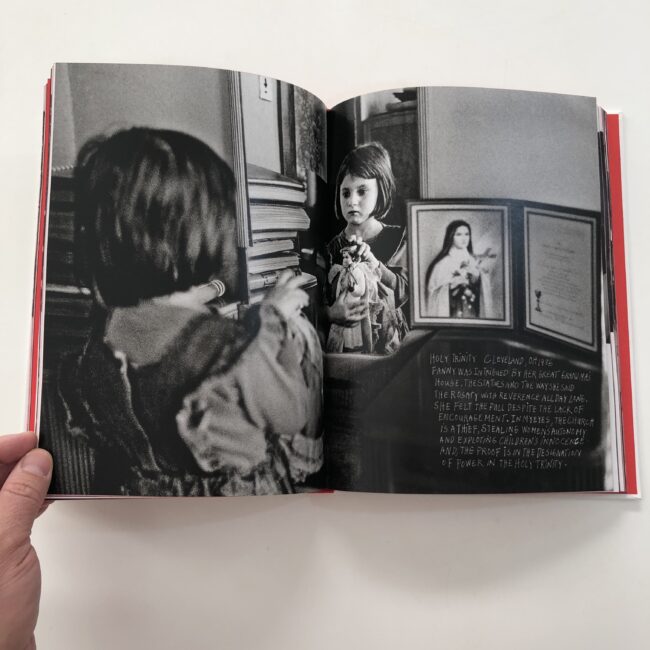
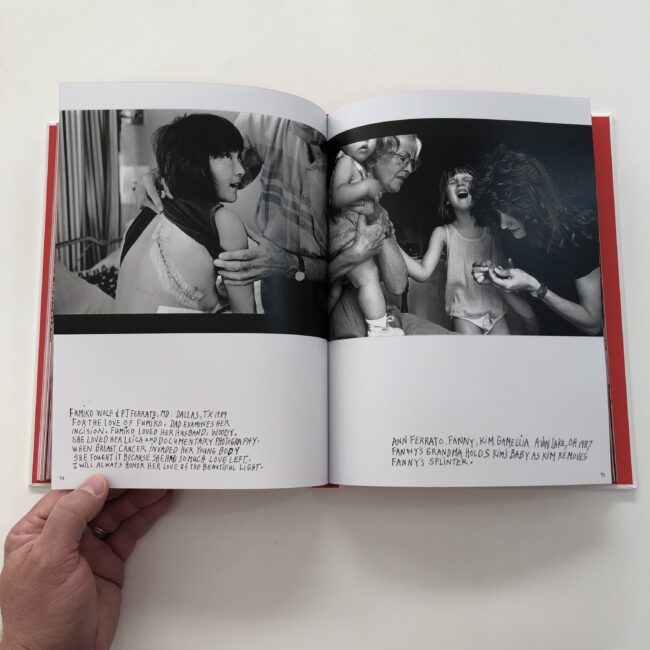
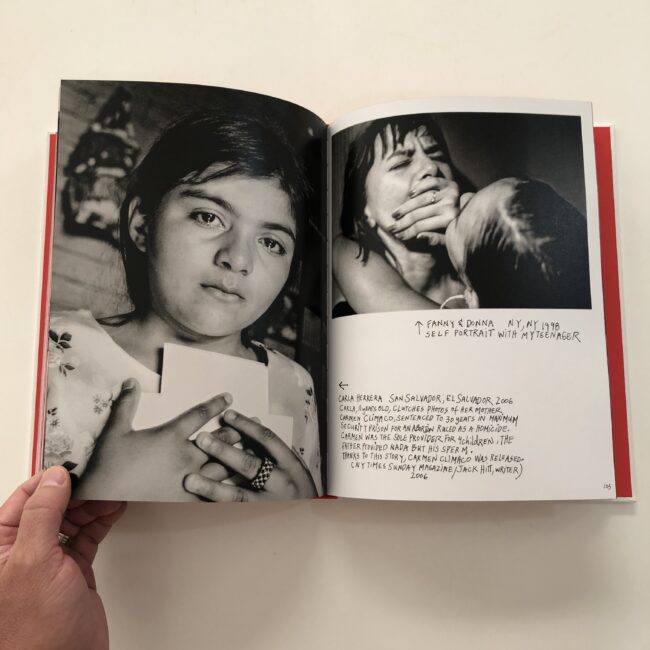
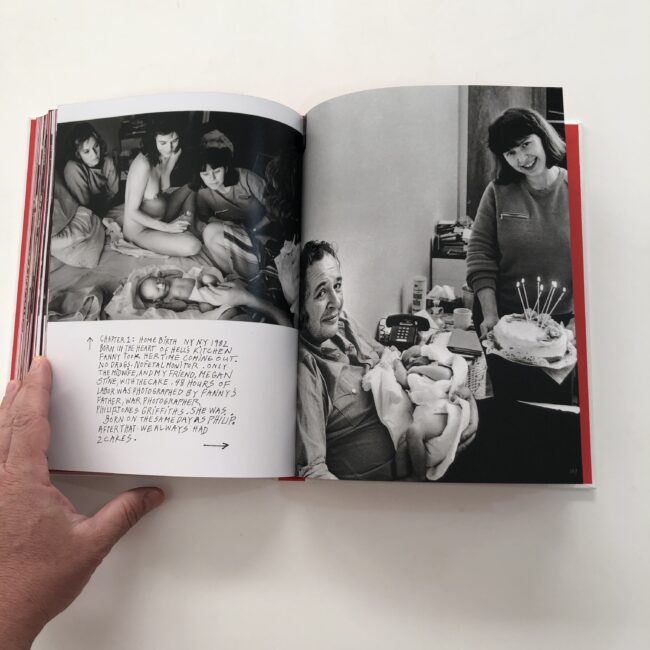


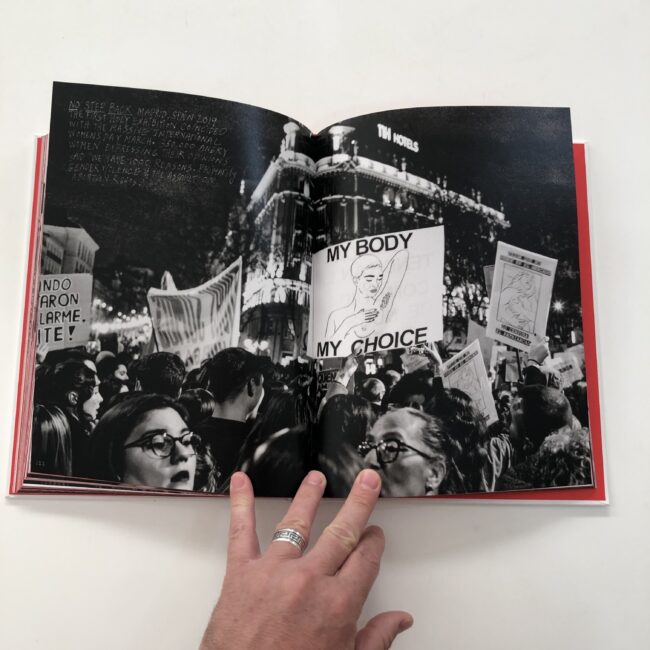
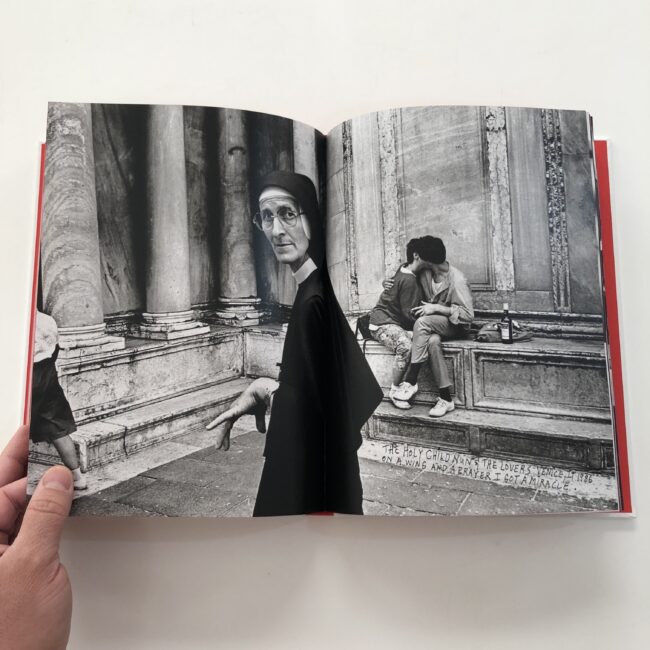
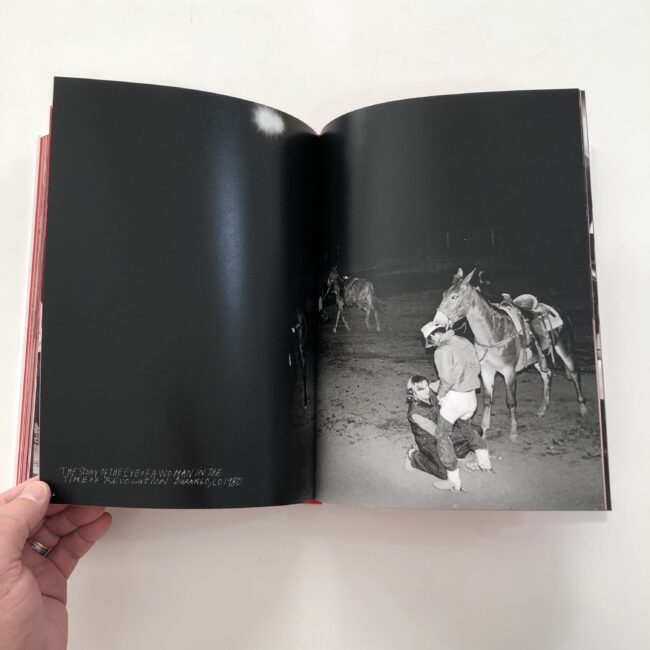
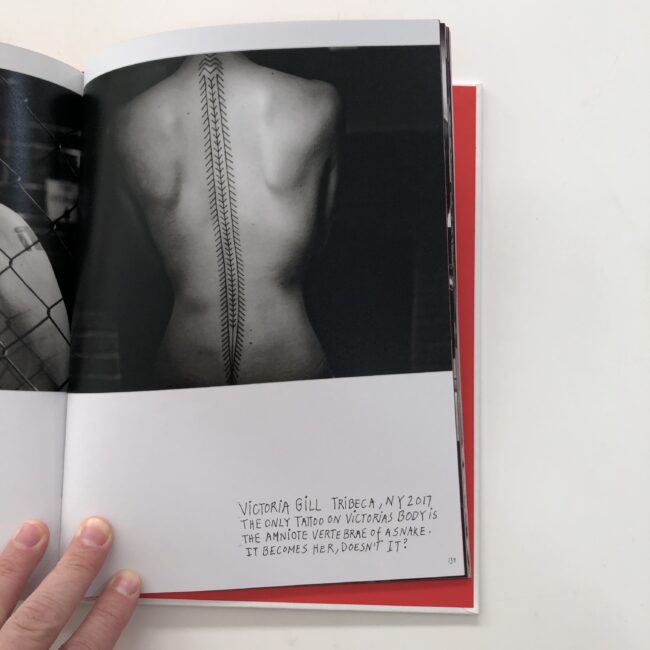

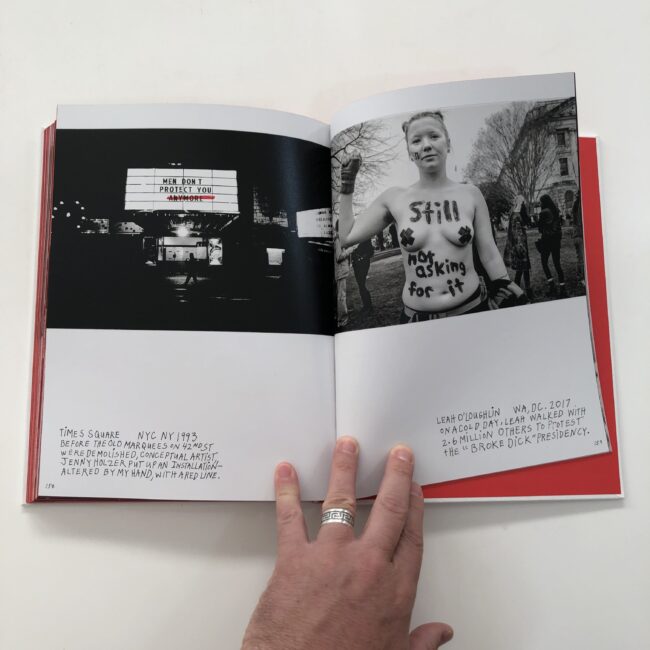
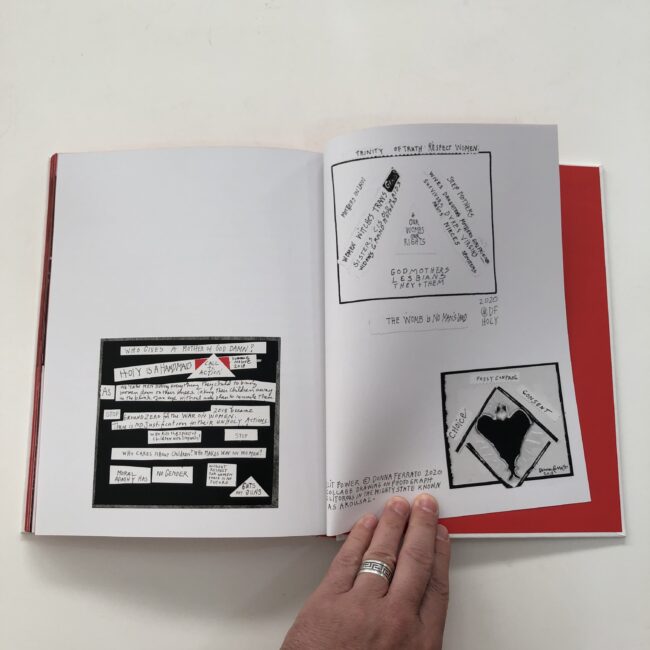

3 Comments
Thank you for featuring this book and for your thoughtful and perceptive commentary. I am going to purchase this. It’s worth having and holding on to.
Hi Franny!
I bought this book pre-release… I love it and am glad you did too. I do feel the narrative falls apart a bit towards the end, in the Other section, or is this me failing to relate to that form of the feminine? Possible… Interestingly, I asked my wife to look at it and tell me what she thought. She looked at it, but never told me what she thought. Not sure what that means or doesn’t mean.
Comments are closed for this article!